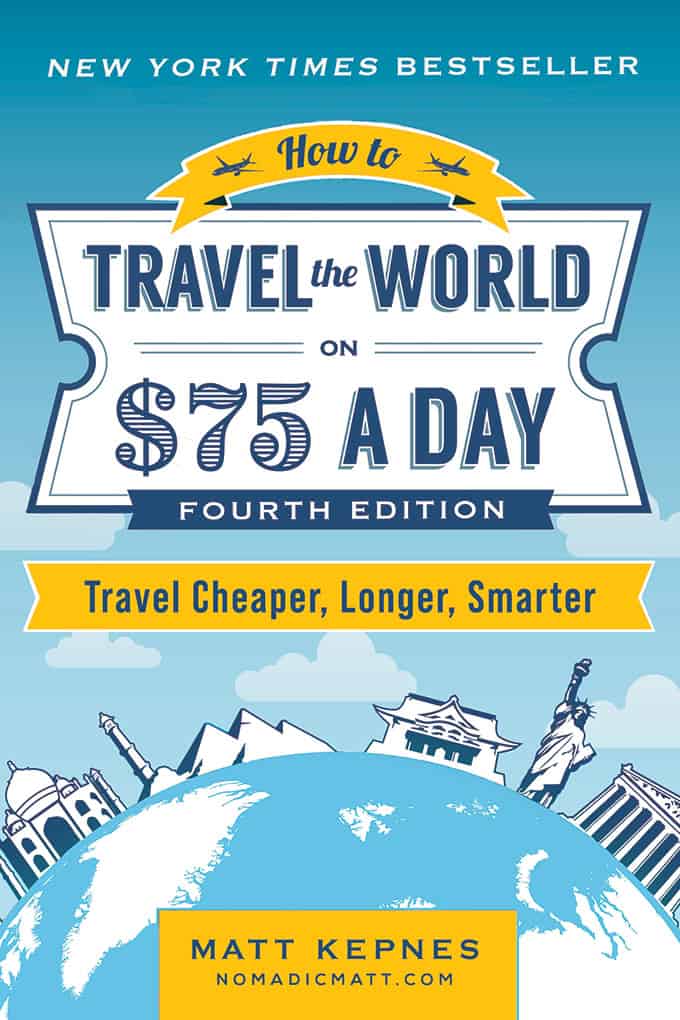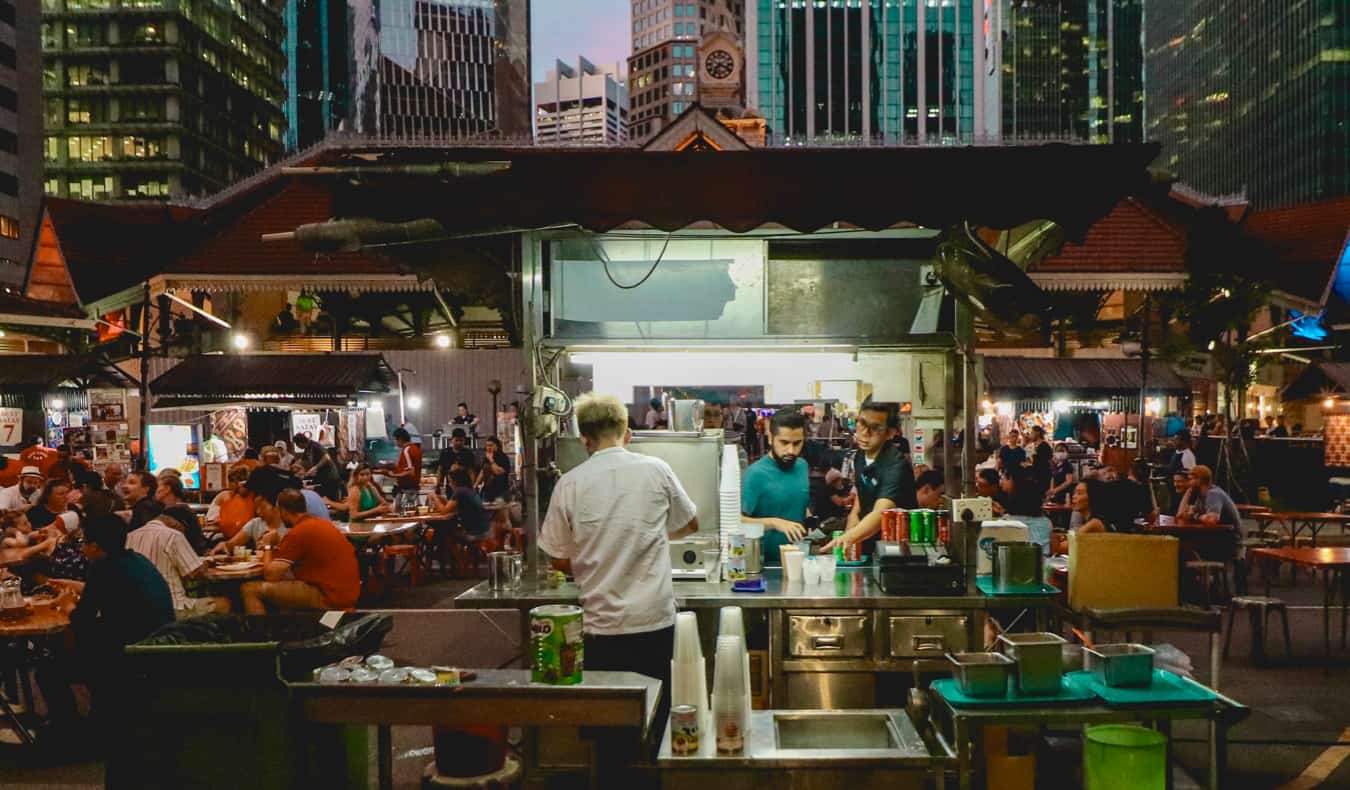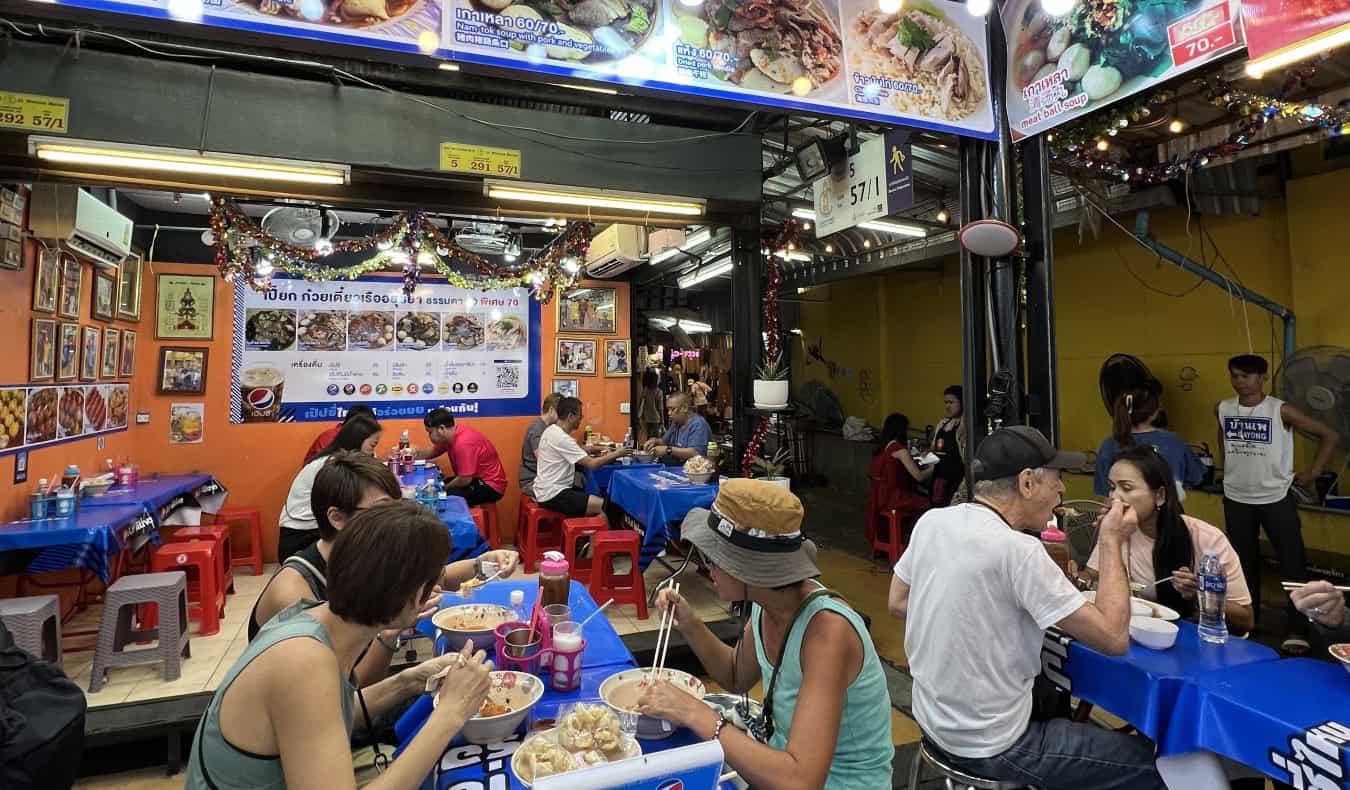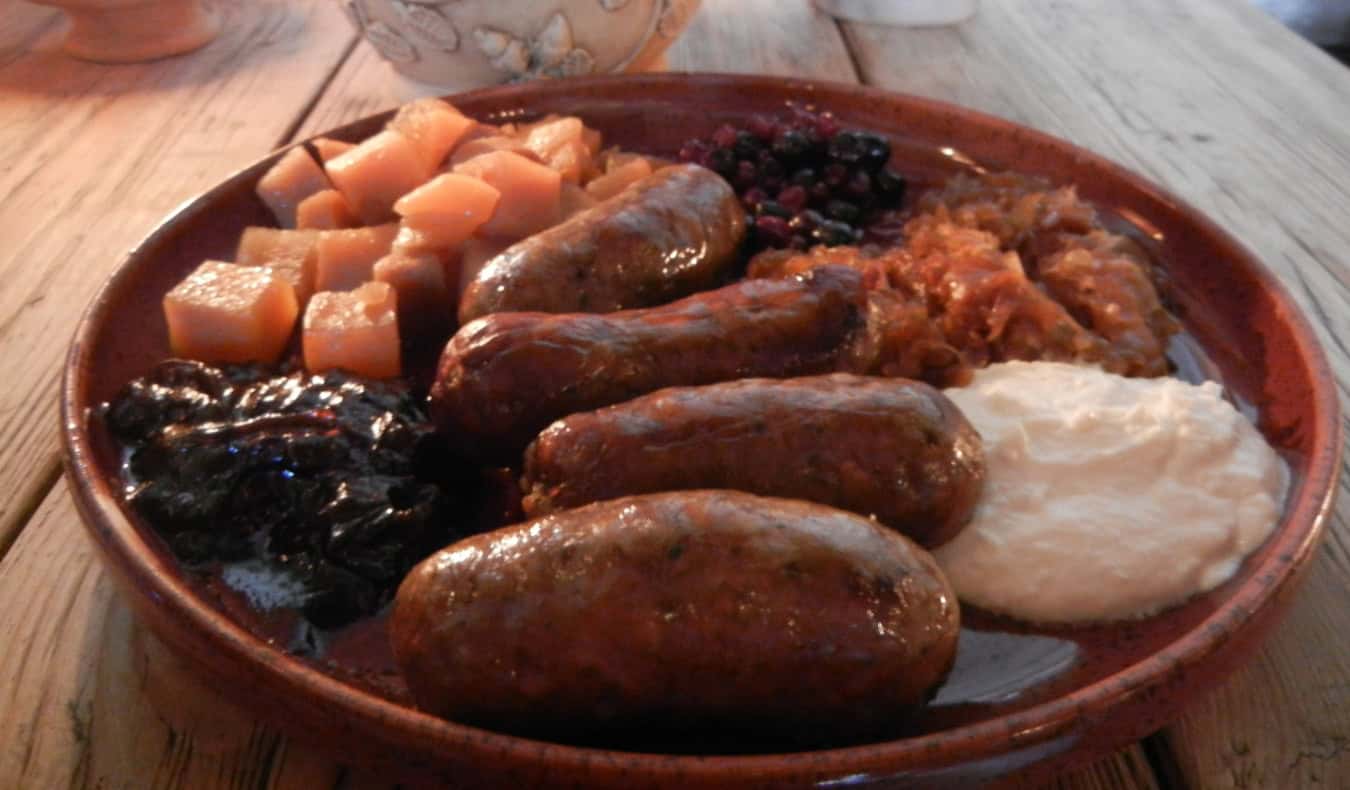
Before I first went traveling in 2006, I had these expectations in my head based on nothing but my imagination and popular culture.
My trip was going to be a nonstop adventure filled with colorful and exciting people. Crazy things were going to happen to me. I’d make friends everywhere. I’d be talking to strangers on buses. Locals would invite me out for drinks. I’d be sipping a latte, strike up a conversation with my beautiful waitress, and then the next thing I’d know, we’d be at a wine bar, staring into each other’s eyes while she taught me French.
It was going to be just like those articles I’d read or travel movies I saw. One adventurous scene after the next.
Then I went overseas.
There I was in the hostel, on the road, seeing amazing attractions in historic cities. I could do whatever I wanted, when I wanted. I was finally marching to the beat of my own drum.
At first, it was exciting, as I set my daily schedule and did things by myself. I was so busy those first couple of days that I had forgotten I was alone. And that was fine — until it wasn’t.
As the days wore on and my tongue forgot what speech sounded like, that excitement dissipated. I began to crave human interaction and companionship.
Suddenly, I was alone — and in the bad way.
Aloneness had turned to loneliness.
Where were the locals who were supposed to show me around? The cool travelers I’d spend nights out with? Once I ran out of things to do, I could no longer hide my aloneness.
Sure, I could move on to another city, hoping that the magic would happen there, that it was the destination’s fault and not me.
But it was me. Life doesn’t just happen to you — you have to make it happen.
And I wasn’t.
I began to realize the only reason I was alone was because of fear.
As an introvert, it isn’t natural for me to just walk up to strangers and talk to them. That was especially true way back in 2006, when I first started traveling. (Heck, it takes me a lot to overcome that today.)
But that fear was keeping me from living the dreams I had in my head. If I wanted those dreams to happen, I was going to have to make them happen.
A lot of people wonder if traveling alone means they will always be alone. How will they make friends? Is it hard?
It’s a valid concern and, for us to whom socializing doesn’t come naturally, it’s a challenge. But let me tell you: it’s a lot easier than you think.
There are a lot of people traveling solo.
People just like you.
People looking for an adventure.
People who crave interactions with others.
And that other is you.
I overcame being alone when people in my hostel in Prague started talking to me. They were the first ones to reach out, luckily. They broke the barrier I was too afraid to break myself, sitting there, waiting for “something to happen.”
But, after they broke the ice, I realized that it was actually easier and less scary than I thought. Those travelers were like me and looking for a friend.
Things rarely happen unless you make them happen. You need to go out and talk to strangers yourself.
It took the introvert in me a while to learn that truth, but once I did, I had no trouble meeting people. After those travelers said hello and showed me how easy it was, I realized I was making a mountain out of a molehill. There was nothing to be scared of. I just had to say hi.
Because we all start off in the same boat: in a foreign country without any friends, not speaking the language, and looking for people to spend time with. Once you realize that, you also realize how simple and easy it is to make friends…because everyone is just like you.
That’s the big secret. There’s nothing more to overcome being alone than to get over yourself and say “hi.”
The key is to start small and break out of your shell. Talk to the person in your dorm room. Say hello. Ask them about themselves. Trust me, they will respond. They’ll ask you about you, your home, your travel plans, and more.
From there, just do the same to other travelers you see. Look for a group leaving for the bar and ask, “Can I join you?”
Walk over to that pool table in the hostel and ask, “Who’s next?”
People will say yes. Conversation will begin. Friendships will blossom.
And thanks to the sharing economy, there are lots more ways to meet people beyond meeting them at hostels,
For example, I’m sure you have one thing you are passionate about, right? Well, people around the world have that same passion. Use a website like Meetup.com to find local groups that form around that passion. Maybe it’s swing dancing, maybe it’s pickleball or Dungeons & Dragons. Whatever it is, I’m sure there are locals who do it too. Finding local groups with a shared interest is a great way to break the ice because you already have something to talk about, something that creates an instant connection.
Moreover, you can try the website Couchsurfing. It’s not only a place to find accommodation; it also has tons of meet-ups you can attend to find other travelers and like-minded people.
Additionally, there are lots of Facebook groups where you can find people to meet. I know, it sounds sketchy, but I’ve used them a bunch recently and they’ve been great. Some groups worth checking out are Girls Love Travel, Find a Travel Buddy, and Solo Trips and Travelers.
I’ll be honest, at first, I found it hard to speak to others. Conversations stumbled from time to time. But you either sink or swim on the road. My options were to be alone (and risk potentially going home early) or to get over my fear, take the plunge, and talk to people.
I choose the latter.
And on the occasions I was sinking instead of swimming, other travelers came up to me and said hello. They made the first move so I didn’t have to.
Why? Because they were looking to make friends too. Like me, they understood that if they didn’t do something, they too would have been alone.
Travelers are a friendly bunch. They want to meet new people and make new friends.
And one of those friends is you.
For that reason, you are never alone on the road. There are people everywhere who will be constantly talking to you and inviting you out (especially if you’re staying in hostels).
So no, traveling alone doesn’t mean you will be alone.
Take it from this introvert: you’ll meet more people than you’ll know what to do with. (In fact, there will be points when you wished you had some personal “me” time.)
Eventually, you’ll realize there was never a reason to worry in the first place. And you’ll never be alone again.
How to Travel the World on $75 a Day

My New York Times best-selling book to travel will teach you how to master the art of travel so that you’ll get off save money, always find deals, and have a deeper travel experience. It’s your A to Z planning guide that the BBC called the “bible for budget travelers.”
Book Your Trip: Logistical Tips and Tricks
Book Your Flight
Find a cheap flight by using Skyscanner. It’s my favorite search engine because it searches websites and airlines around the globe so you always know no stone is being left unturned.
Book Your Accommodation
You can book your hostel with Hostelworld. If you want to stay somewhere other than a hostel, use Booking.com as it consistently returns the cheapest rates for guesthouses and hotels.
Don’t Forget Travel Insurance
Travel insurance will protect you against illness, injury, theft, and cancellations. It’s comprehensive protection in case anything goes wrong. I never go on a trip without it as I’ve had to use it many times in the past. My favorite companies that offer the best service and value are:
Want to Travel for Free?
Travel credit cards allow you to earn points that can be redeemed for free flights and accommodation — all without any extra spending. Check out my guide to picking the right card and my current favorites to get started and see the latest best deals.
Need a Rental Car?
Discover Cars is a budget-friendly international car rental website. No matter where you’re headed, they’ll be able to find the best — and cheapest — rental for your trip!
Need Help Finding Activities for Your Trip?
Get Your Guide is a huge online marketplace where you can find cool walking tours, fun excursions, skip-the-line tickets, private guides, and more.
Ready to Book Your Trip?
Check out my resource page for the best companies to use when you travel. I list all the ones I use when I travel. They are the best in class and you can’t go wrong using them on your trip.







